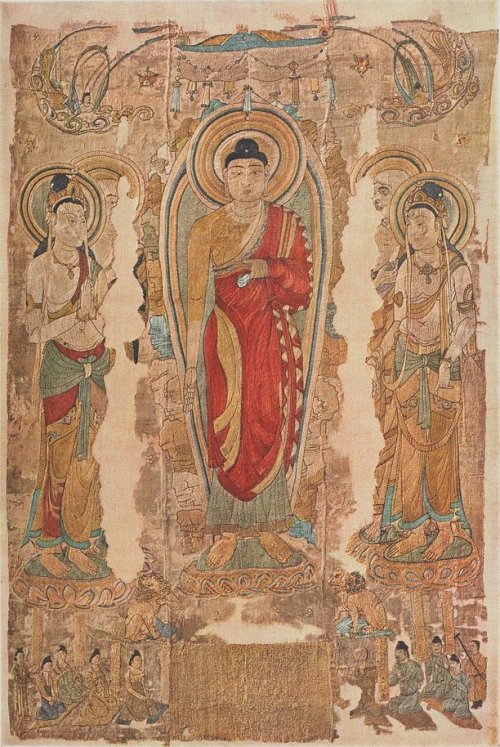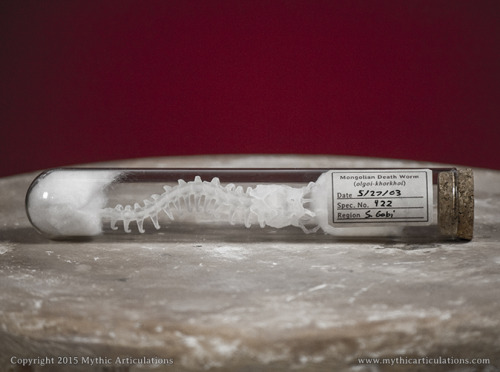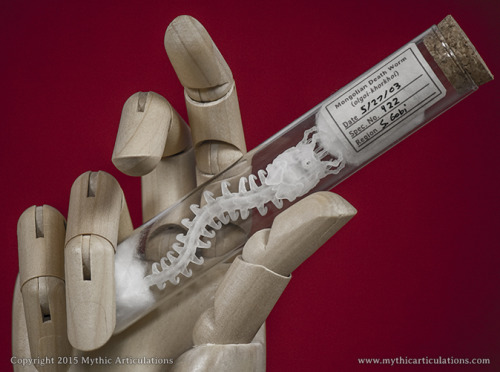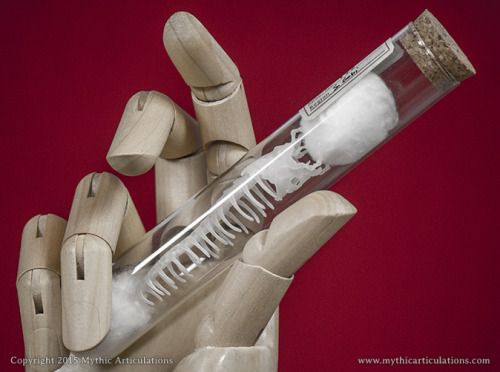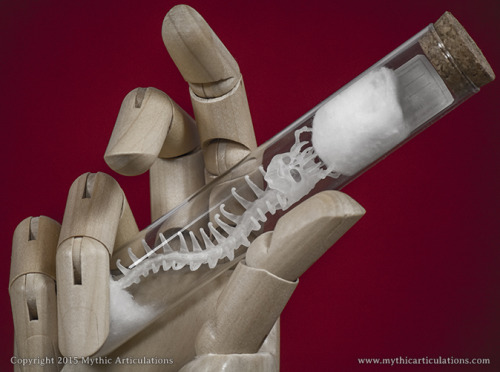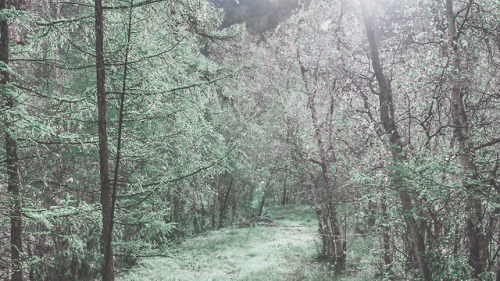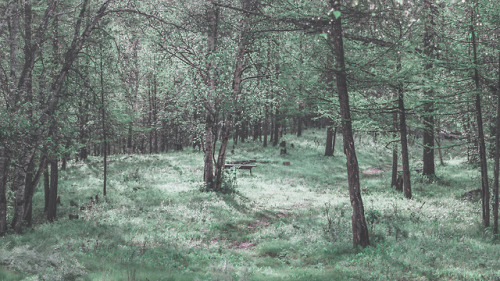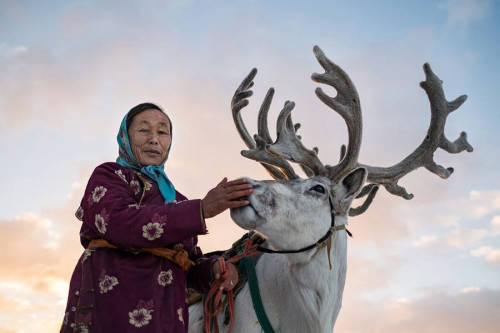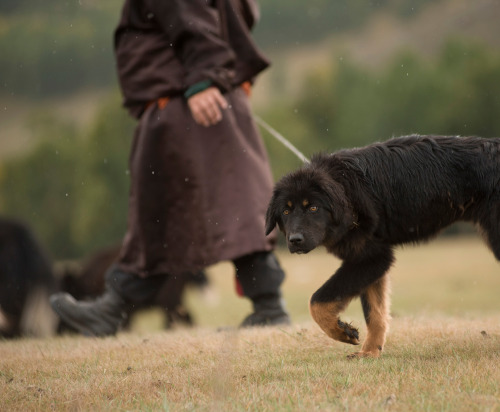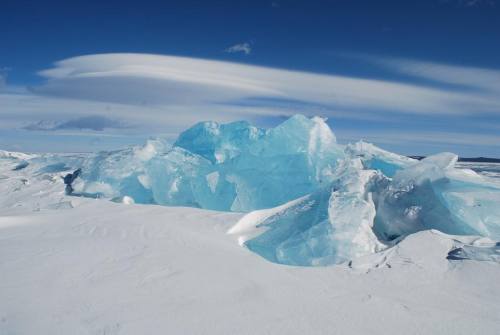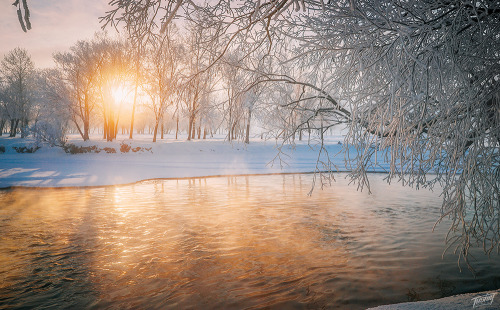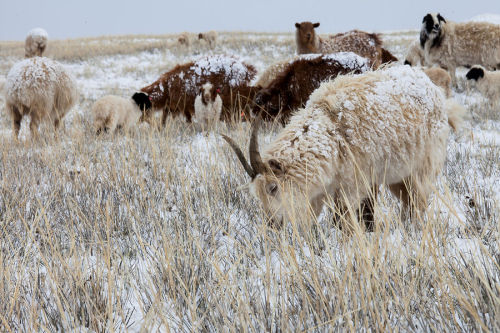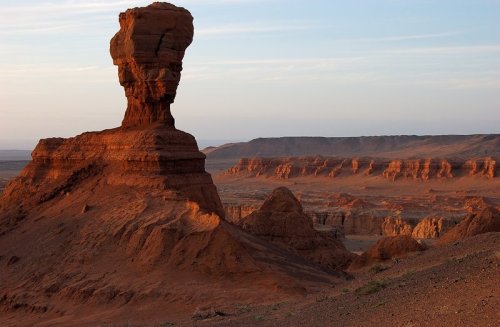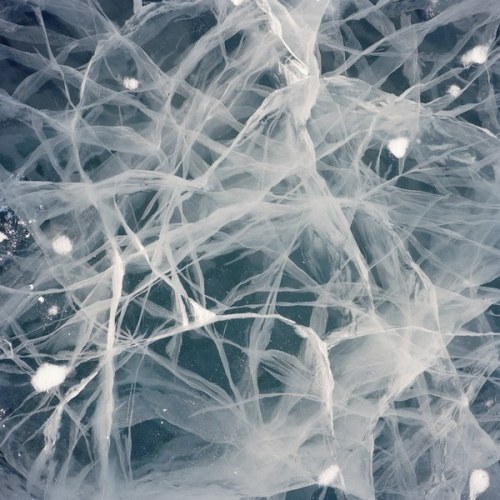#mongolia

Dinosunday
Achillobator
Temporal Range: Late Cretaceous, 93-80 Ma
Location: Mongolia
Diet: Carnivore
Family: Dromaeosauridae
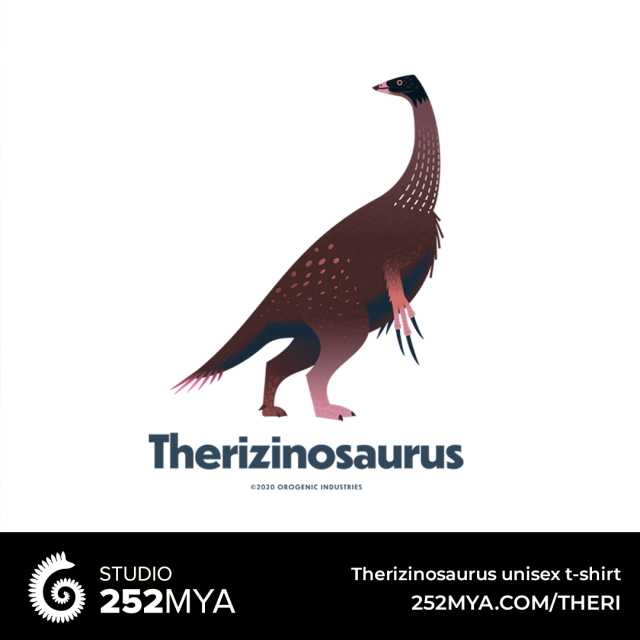
Therizinosaurus t-shirt
Therizinosaurus lived in the Late Cretaceous of Mongolia some 70 million years ago. It is also one of the latest dinosaurs to be turned into a movie monster by the Jurassic World franchise. Available as a t-shirt in multiple sizes and colors.
sulc.us/theri
Design by David Orr
Embroidery picture of Śākyamuni on the Vulture Peak / Book from Marc Aurel Stein, The thousand Buddhas.
Post link
Recently imported from the arid Gobi Desert*, these professionally preserved Mongolian Death Worm skeletons are now available in our Etsy shop.
*Not Really.
Post link

Mongolian Red Army border guards on dromedaries with a dog.
Unknown year, but probably early 1940s.
Going on week 3 of our Fan Art Fridays! I decided to draw my favourite princess from Marco Polo to celebrate debut of season 2! This is the first time I’ve done something that’s more on the concept art side of things and it was a great learning experience. This is also the first piece I’ve done on my new cintiq! All in all it was fun to do. Looking forward to next week!
If Khutulun is unrecognizable in this piece, that’s because I took some liberties with her appearance. As much as I love Claudia Kim’s portrayal in the show, her aesthetic and costume (while very pleasing to the audience) is not at all accurate.
Post link

♥️
I don’t post a lot of videos - does anyone actually watch videos on tumblr? - but this one’s worth it, at least the first two minutes. Mongolian folk music group Khusugtun is starting a worldwide tour this month, with scheduled concerts in Brazil, Afghanistan, the US, Canada, and Japan.
The Tsaatan (or Dukkha) are an ethnic minority who fled to Mongolia from Russia during WWII. It’s a small group, less than 300 people according to the most recent census, mostly living near Tsaagan Nuur.
They herd reindeer for milk, which they make into yogurt and cheese. Over centuries, the reindeer have been bred to have spines strong enough for riding. They hunt for meat, killing a reindeer is rare.
Photos by Joel Santos.
Post link
The Bankhar is an ancient livestock guardian dog breed. It is raised with sheep or goats and view them as its family, living and sleeping with the herd to keep wolves and snow leopards away. They are sometimes referred to as “four eyed dogs,” because they have a pair of light colored spots above their eyes. There are folktales about them being able to see spirits.
Bankhar were nearly lost as a breed during Mongolia’s communist period, when the government tried to “settle” nomads and their flocks in fenced-in agricultural areas, and most of the dogs were killed. There was even a brief fashion for bankhar-fur coats in Moscow.
The breed is making a comeback thanks to the Mongolian Bankhar Dog Project, which used DNA testing to find remaining pureblood bankhars and is breeding them and giving puppies to herders to raise with their flocks.
Photos by Anne Bailey, you can see more of her photos or read about the Mongolian Bankhar Dog Project here: The Return of the Guard Dogs of the Steppes.
Post link
The Golden Swallow
Poem and calligraphy by Gombojav Mend-Oyoo, translation by Sh. Tsog
When tales of gentle and tranquil steppe come along from distant journeys,
Swallows in flocks embrace them with their circling welcome.
Since the day the little birds split the Water of Immortality on its land palms,
They didn’t dare to ever leave the turquoise steppe.
Once, when I was riding next to my father many years ago
I saw swallows flying all over the lone hills, searching for something special.
As I return from a distant time, today
I seem them again, still diligently circling in their search
Yet, missing to catch the tale’s intent my father had told to me
I happened to see a poor little swallow passing away into death
Despite that it had found the Water of Immortality beforehand
I grieved, what a pity that the poor little bird itself didn’t somehow drink it.
There was a day, too, where I promised to myself
To bestow the Water of Immortality that I would find before the swallows
Foremost to my father, who shared with the son the choicest and the best
Of those everlasting tales with their foretelling sights.
Alas, in this short-lived world son’s promises do not always come true.
My father passed away and his son could not find the Immortality Water.
As swallows do circle around haunting me again and again,
It is as if they want to ask where to uncover the Immortality Water from.
For my motley eyed son who is to take hearth and home of mine,
This time, I am the one to tell the Swallow Tale as my father once did.
For life is not eternal, I will fade away too,
To leave the Swallow Tale behind to my children.
With the tale’s coming to an end the Immortality Water is found,
And finally people become immortal, indeed.
You take the Immortality Water to the swallows to taste in the steppe
Where my dreams will remain forever with the Golden Swallows in the steppe.
Post link
This cute mammal is an ogdoi.
Ogdois don’t hibernate, so they need to collect enough food to eat through winter. They spend summer collecting grass and flowers and hiding them under rocks. If you turn over a rock in Mongolia and find a secret pile of dried flowers underneath, that’s an ogdoi’s stash.
Photo by Alastair Rae.
Post link
The Dalai Lama visited Gandan Monastery in Mongolia November 18-22. It was twenty degrees below zero Celsius when this picture was taken; he looks pretty cold. Tibetan buddhism was the most common religion in Mongolia until communist repressions began in the 1930s, but it has been making a comeback since the fall of communism in the 1990s. The Dalai Lama has made several visits to temples and monasteries in Mongolia.
Unfortuantely, the Dalai Lama’s recent visit to Mongolia caused some tension between Mongolia and China. China considers the Dalai Lama an anti-Chinese separatist leader. China canceled a joint mining project with Mongolia and imposed a tariff on Mongolian coal, which was pretty harmful to the Mongolian economy. The Mongolian government agreed that the Dalai Lama would be barred form visiting monasteries in Mongolia in the future.
Post link
Ulaanbaatar, Mongolia is the world’s coldest capital city and gets down to 40 degrees below zero. People stay warm by burning coal in heating stoves, but this leads to massive air pollution problems in the city.
UB residents used facebook to organize a protest in Sukhbaatar square December 26th. In response the government repealed taxes on electricity at night. So hopefully more people will be able to afford to heat their homes with electricity, which should help a little. Yay mongol internet! Good job!
Post link
Mongolia’s December 2016 livestock census annual livestock census counted about 28 million sheep, 26 million goats, 4 million cows, and 6 million other livestock (camels, yaks, khainags (half cow, half yak), reindeer, and horses). This is the highest total ever recorded, which is good news for herders making a living, but overgrazing may damage the ecosystem.
Photo by Pearly Jacob.
Post link
Ulaanbaaatar under snow. Photo by Chiara Goia.
Ulaanbaatar is -18 degrees Celsius (-1 F) as I write this.
Post link
The first solar power plant in Mongolia is up and running, in Darkhan. Mongolia has over 250 cloudless days (no clouds in the sky at all) a year, so it’s a pretty good place for solar power.
For years, the government has been subsidizing portable solar panels for nomadic herders to power their electronics, but this is the first large stationary installation.
Post link
The world is incredibly cold, typically about minus thirty in January. The air is crystal clear without a drop of moisture, and there are no clouds. At this hour, the moon and stars reflect off the ice with such intensity that it seems like day. The stars across the sky drop to the horizon in every direction, and I begin each day staring at them and marking how far they have moved in their constant rotation around the North Star. The bitter wind whips around the edge of the cliffs with such force that it could peel the skin from an exposed face or cause toes to break off. Wolves howl through long nights that were so cold the moonlight itself seemed to have frozen.
- Jack Weatherford, writing about the Tur Khurakh valley
Post link
Kherman Tsav (Cracked Wall canyon) in the Gobi Desert, Mongolia. Explorer Ray Chapman called this place “The End of the World.” Tour guides sometimes call it “The Mongolian Sphinx.”
Photo by VAVka.
Post link
The white-capped penduline chickadee is the smallest, fluffiest, grouchiest bird in Mongolia. It is about 8 centimeters long and lives in a nest made out of spider webs.
Photos by Axel Bräunlich & Andreas Buchheim.
Post link
Sanjaasürengiin Zorig was a hero of Mongolia’s democratic revolution in 1990. He led pro-democracy protests in Mongolia after the fall of the Soviet Union. He is remembered for climbing onto the shoulders of friends during a pro-democracy riot and speaking passionately for peaceful and calm protests. The violence stopped. This photograph of Zorig became a symbol of nonviolence in Mongolia.
After the revolution, he was elected to the Great Khural, Mongolia’s parliament, where he worked to slow the privatization of Mongolia’s economy, worried about how to implement capitalism fairly to avoid corruption and pushing people into poverty. He was a thoughtful and popular politician and was secretly selected to become Prime Minister during a political deadlock in 1998, being the only member of the Khural that both the communist and the democratic parties respected.
He was assassinated on October 2, 1998, three days before he was scheduled to become prime minister. Mongolia’s reaction was much like America’s after the Kennedy assassination.
In recent news, three people were convicted of Zorig’s assassination and sentenced to prison in a secret trial that ended December 28th. No information is available about the trial or the defendants at this point. Activists and politicians have a lot of questions, and have requested trial records be declassified.
Post link

